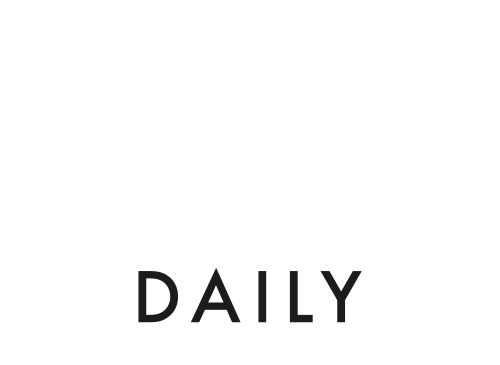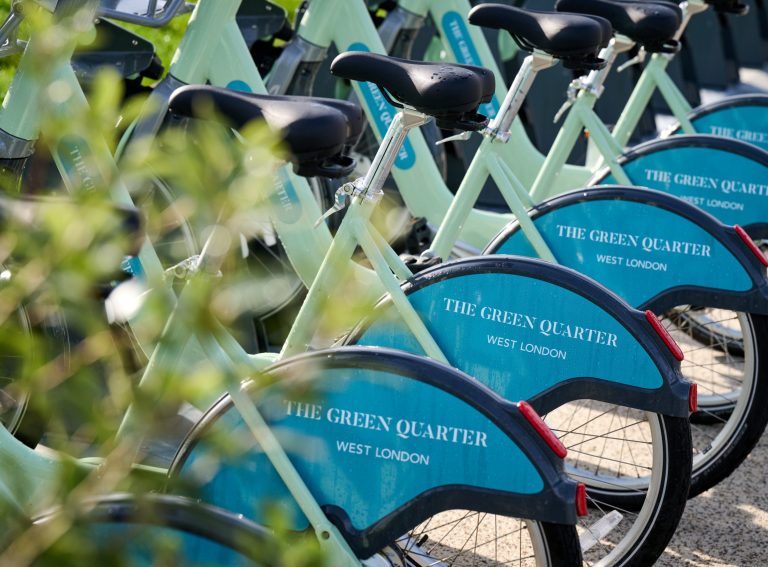Every year, the North American Bikeshare and Scootershare Association (NABSA) Annual Conference welcomes operators, software and hardware providers, and city authorities to help shape the future of shared mobility.
As one of seven official sponsors of the most recent event in Philadelphia, micromobility software platform Urban Sharing was able to take the temperature of the industry and share insight on its suite of software capabilities.
“The North American micromobility sector has hit a plateau in recent years,” Urban Sharing CEO Kristian Brink tells Zag Daily.
“Bikesharing schemes are not as well funded as they are in Europe and many rely on sponsorship and user revenue to survive.”
As North America looks to overcome some of these challenges, Urban Sharing chief revenue officer Tom Nutley hopes to see far greater synergy across the Atlantic.
“There’s a real need for more collaboration between US and European bike and scooter sharing networks,” he says.
“There’s so much potential for learning from each other.”
Range of software solutions
During the event, Brink presented Version 2.0 of the firm’s fleet optimisation platform Urban Crew. The software is designed to support with tasks such as rebalancing, battery swapping or maintenance and has been updated based on feedback from the industry.
“Version 2.0 is built with a co-pilot chatbot, which makes setting up custom tasks and creating route itineraries easier than ever,” he explains.
“Instructions can be tweaked within seconds, which received a warm reception from the audience as our industry has never seen such an actionable tool.
“It’s not just an algorithm that spits out tasks, but a versatile tool that can create repair tasks, battery swaps and fleet rebalancing requirements in real time using data and human input.”
Elsewhere, Tom Nutley took part in a session focused on Urban Sharing’s MaaS API tool and success stories around integrating micromobility in transit.
The discussion centred on whether bikeshare should be seen as a form of transport and the differences in how modal shifts are taking place in North America compared to Europe.
“There was a lot of interest in how our API can integrate micromobility schemes with transport planning apps, as this is seen as a stepping stone to bike and scooter sharing being seen as public transport options,” Nutley tells Zag Daily.
“It also opens up the possibility of government and local authority funding, especially in smaller communities that have poor or limited mobility options available.”
During a sponsor speaking slot, Nutley also discussed the Urban Fleet platform and its ability to migrate new software onto legacy hardware so the hardware doesn’t need to be sent to the recycling unit.
“This has become a big talking point in the US and area for potential growth,” he says.
“In North America, the cities tend to own the hardware so a lot of conversations were around migrating new software without having to replace the entire fleet.”
Full transparency
Given that NABSA is such an important meeting of minds within the shared mobility sector, Urban Sharing wanted to take a slightly different tack to that usually seen at B2B events.
“Throughout the conference, we ran a very minimalist booth with the web application from Urban Crew on the big screen,” Brink says.
“When people came over to the booth, we could give them a full demonstration of how each aspect works, while Tom was also on hand to show the ticketing application.”
Brink believes that such an approach had a big impact on the attendees, who are used to dealing with “opaque and conservative companies”.
“The feedback was wholly positive, especially from people that had seen Version 1.0 and noticed the profound differences with Version 2.0,” Nutley adds.
“At a conference, a booth is the equivalent of a shop window. You’re trying to engage people to come in.”
This model allowed Urban Sharing to have discussions with organisations of all sizes, ranging from nonprofits with 200 bikes to operators looking to enhance their tender bids.
“Overall, it was a great opportunity for us to build a footprint in North America and share what we have been up to over the past 12 months and hope to achieve ahead of Montreal 2025,” Nutley says.
The pair also felt there was a palpable enthusiasm for new technology that is tailored to the industry, with previous NABSA conferences often host to more theoretical discussions than practical ones.
While the General Bike Share Feed Specification (GBFS) was introduced at a past NABSA event, few tools of its magnitude for operators have been created since.
“People that came to the booth were excited to see the use of chatbots and large language models that are embedded into tools,” Brink recalls.
“There was a lot of interest in particular in how our technology merges data with usable dispatch tools that can then be used to mobilise a team quickly.”
Next steps
Looking ahead, Urban Sharing is keen to support the North American micromobility space and pass on lessons from Europe around financing, city engagement and driving change at all levels of government.
“NABSA has a great focus on topics relating to diversity, equity and inclusion (DEI), and I think this is an area where North American operators are excelling,” Nutely says.
“However, without making these schemes financially sustainable, the industry cannot have as big an impact as it needs to have in fundamentally changing mobility habits.
“There has also been a lot of consolidation within the sector, which I think has perhaps stifled innovation within the hardware space.”
Given the challenges that the new mobility space still needs to overcome, Brink believes that NABSA remains an integral event for bringing the industry together and promoting collaboration.
“We would invite every company in North America and Europe to attend next year,” he says.
“Often we focus too much on Europe, but by players from around the world working together we can have an even greater impact and bring about the change we want to see.”





